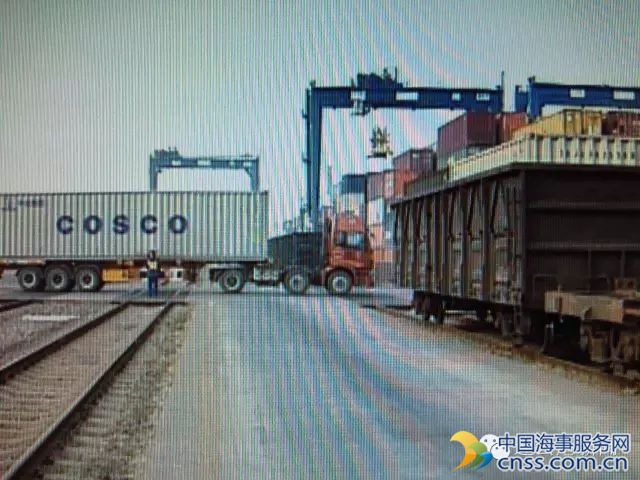What can be learnt from the Hanjin’s fall?

The media are these days full of articles about Hanjin’s spectacular fall. Many opinions on the reasons of the fall, current effects and possible outcomes of this disaster are circulated every day. I will not dwell on this today, but I’m thinking – how dependent the global economy’s growth is on well-functioning and efficient shipping industry.
Products we take for granted in our shops, come from the other side of the world, having been through final assembly in one country, while its numerous components may be coming from dozens of other countries. In reality, the shipping industry is enabling these complex supply chains to work. Considering all these intermediary moves, the final product in the market, is still much cheaper today than it was in the past. This is thanks to all parts of the supply chain, including shipping, contributing each with their own efficiencies.
Shipping is a crucial contributor to the global growth through its role in global supply chains of all global manufacturers. Shipping services have become extremely cheap over the years, in practice making the globalization process possible. Still, however, shipping companies are faced with enormous pressure from their customers to come up with further cost efficiencies meaning further rate decreases.
Hanjin has been challenged by a host of factors contributing to its demise, but downward rate pressure was definitely one of them.
I’m thinking – how long and how far can the downward rate pressure go before the entire shipping industry is operating in red, and collapse, dragging the complex supply chain setups with them into the dumps? The normal negotiation theory says that a win-win result is the only one ensuring long-term success of the solution. I feel that we have developed an idea over the last 20 years or so, of demanding a Rolex, but willing to pay only for a low-cost watch. On the other hand, the key question is where the downward rate pressure in recent years has its origins? One answer is obvious – in huge tonnage capacity increases by carriers. Why did the whole industry engage (blindly?) in adding such large numbers of mega ships to their fleet? The main reason, as I see it, were over-optimistic forecasts about the growth in demand. This brings me back to what I discussed in one of my earlier blogs ; about the current difficulty in predicting the future. It has become close to impossible nowadays to make forecasts.
Linear forecasts are no longer reliable tools for companies. The deep hole the container industry has fallen in to is not exceptional – the over-optimistic predictions over the future are more norm than exception. Many participants in the global business game are still not acknowledging the fact that the past is no longer a good prediction base for the future. New ways of planning that allow for growing volatility and unpredictability need to be applied across the board.
Source: Höegh Autoliners
HEADLINES
- Do shipping markets want Biden or Trump for the win?
- All 18 crew safe after fire on Japanese-owned tanker off Singapore
- Singapore launching $44m co-investment initiative for maritime tech start-ups
- Cosco debuts Global Shipping Industry Chain Cooperation Initiative
- US warns of more shipping sanctions
- China continues seaport consolidation as Dalian offer goes unconditional